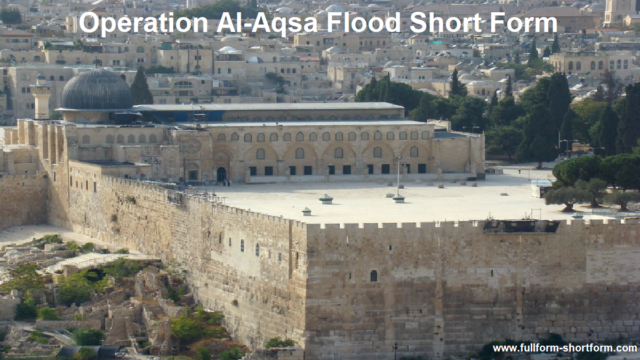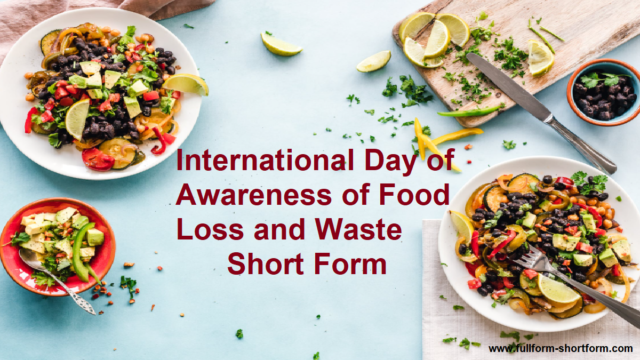Essential E-Commerce and Omnichannel Strategies in Retail Short Form
Table of Contents
Essential E-Commerce and Omnichannel Strategies in Retail
Now, customers expect seamless online experiences, personalized interactions, and effortless transactions in our digital world, where everything’s handled by technology. But it’s not as simple as it seems. The increasing pace of customer demand poses a challenge for retailers who struggle to meet customer expectations. That is why they reach out to Digital Transformation Certification, as they offer seamless online experiences, personalised interactions, and effortless transactions for customers.
There are various E-Commerce and Omnichannel Strategies to effectively increase customer satisfaction, and we are going to shed light upon some of the most essential strategies among them in this blog, along with the Benefits of Digital Transformation in Retail.
Essential E-Commerce and Omnichannel Strategies in Retail Short Form
Essential E-Commerce and Omnichannel Strategies in Retail Short Form is “EEOSR“.
Understanding Digital Transformation in Retail
Fundamentally, it is a thorough reorganization of conventional company procedures, integrating state-of-the-art technology to improve client experiences and operational effectiveness. This means that shops must go beyond traditional approaches and fully integrate into a digital environment where data-driven choices and smooth interfaces are key components.
The digital revolution has had a great influence on retail. Retailers may better understand consumer behaviour by using AI-driven insights and sophisticated analytics. This information spurs innovation and helps companies customise their products to suit customer preferences. Moreover, digital transformation bridges the gap between physical and online shopping. Regardless of the touchpoints they choose, customers can quickly go from perusing things online to scrutinising them in-store, having a seamless experience.
E-Commerce Strategies
Responsive Website Design and Mobile Optimisation
Responsive design guarantees that your website adjusts fluidly to different devices, offering the best user experience possible. Retailers may reach a large number of on-the-go consumers by optimising for mobile.
Personalised Shopping Experience
The foundation of contemporary retail is personalisation. Create customised marketing messages and product suggestions by using consumer data. Retailers may improve sales and loyalty by improving consumer engagement via an awareness of individual preferences.
Seamless Payment Gateways
Using safe and user-friendly payment gateways, you may streamline the checkout process. Customers most likely finish their purchases when they have a smooth payment experience. Implementing many payment choices appeals to a wide range of client preferences, increasing ease.
Omnichannel Strategies
Integration of Online and Offline Stores
Dismantle the boundaries that separate physical and virtual retail channels. Enable consumers to shop online and pick up their purchases in-store by enabling services like “click and collect.” This integration guarantees consistent purchasing experience regardless of the selected channel.
Unified Customer Experience Across Channels
In a variety of retail channels, consistency is essential. Make certain that product information, price, and promotions are consistent across all channels. Customers should have the same perception of the brand whether they connect with it via social media, the internet, or in-store visits.
Efficient Inventory Management
Use real-time inventory monitoring to avoid stockouts and overstocking. By using data analytics, you may optimise inventory levels by correctly forecasting demand. This guarantees product availability and raises consumer happiness.
Benefits of Digital Transformation in Retail
The following are the main benefits of digital transformation for the retail industry:
Enhanced Customer Experience
Digital transformation has made it possible for retailers to provide seamless, tailored customer experiences. Companies may utilise data analytics to get insights into customer preferences, which enables targeted marketing campaigns and personalised product recommendations. Customised interactions strengthen the emotional connection between a business and its customers, boosting enjoyment and brand loyalty.
Omni-Channel Integration
The digital transformation has bridged the gap between online and offline retail channels. When customers utilise integrated platforms, whether they are browsing things online, making purchases via mobile apps, or visiting real locations, they have a more seamless experience. This seamless link ensures that the brand experience is constant across all channels, improving customer trust and loyalty.
Improved Operational Efficiency
A variety of operational processes are made simpler by digital tools and automation, which reduces human error and boosts output. Order fulfilment, supply chain logistics, and inventory management may all benefit from automation in terms of lower costs and increased efficiency. Retailers may focus on strategic objectives rather than menial tasks, which enables them to manage resources more effectively.
Data-Driven Decision Making
Because of digital transformation, retailers benefit from powerful data analytics capabilities. Businesses may make better decisions by evaluating customer behaviour, market trends, and sales patterns. Demand forecasting, inventory optimisation, and marketing plan modification may all benefit from predictive analytics. Data-driven insights provide merchants with a competitive advantage by pointing them to strategic growth opportunities.
Increased Revenue Streams
New avenues for revenue generation include e-commerce platforms, smartphone apps, and online marketplaces. Thanks to digital change, retailers may now reach a global audience and penetrate areas that were previously inaccessible. Tailored upselling and cross-selling tactics enhance revenue per client and boost sales as well. Diverse sales channels improve revenue resiliency.
Conclusion
Digital Transformation Certification, as well as the deployment of modern e-commerce and omnichannel strategies, pave the way for merchants to prosper in the face of technological changes. Adopting these techniques not only tackles the digital age’s difficulties but also positions shops as leaders in customer experience and operational efficiency.














